ns-3 - 5. page
Using ns-3 for Research
-

Installing VS Code under chroot and configuring it for ns-3
Visual Studio Code (VS Code) is an open-source source-code editor made by Microsoft for Windows, Linux and macOS[1]. It has the support for debugging, syntax highlighting, intelligent code completion, snippets, […]
ns-3, ns-3 Installation, Research, Restricted Articles -

Simulation and Analysis of IoT LoRaWAN Networks Under ns-3
Low-power wide-area network (LPWAN). These networks use low-power radio signals, such as those in the sub-1 GHz range, to send small amounts of data over a large area. LPWANs are […]
ns-3, ns-3 Installation, Research, Restricted Articles -
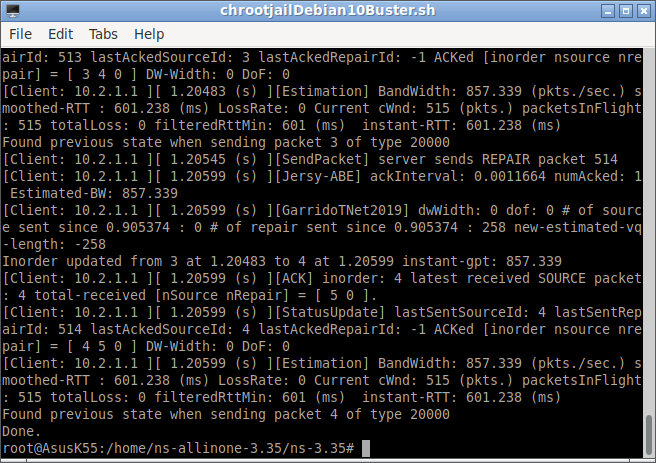
RL-FEC – A Self-Contained Reinforcement Learning Code of FEC for ns-3
Forward Erasure Correction (FEC) Packet-level forward erasure correction is effective for achieving low-latency transmissions in non-terrestrial networks (NTNs), which often contain lossy links with long propagation delay[1]. In [1] the […]
ns-3, ns-3 Installation, Research, Restricted Articles -

ns-3 Drone Display Simulation using ns-2 Mobility Trace File
Even though I am not civilized enough to say “wish messages” to people, let me try to deliver a “Happy New Year” wish message to the members of ns-3 user […]
3D Network Simulations, ns-2, ns-3, Restricted Articles -
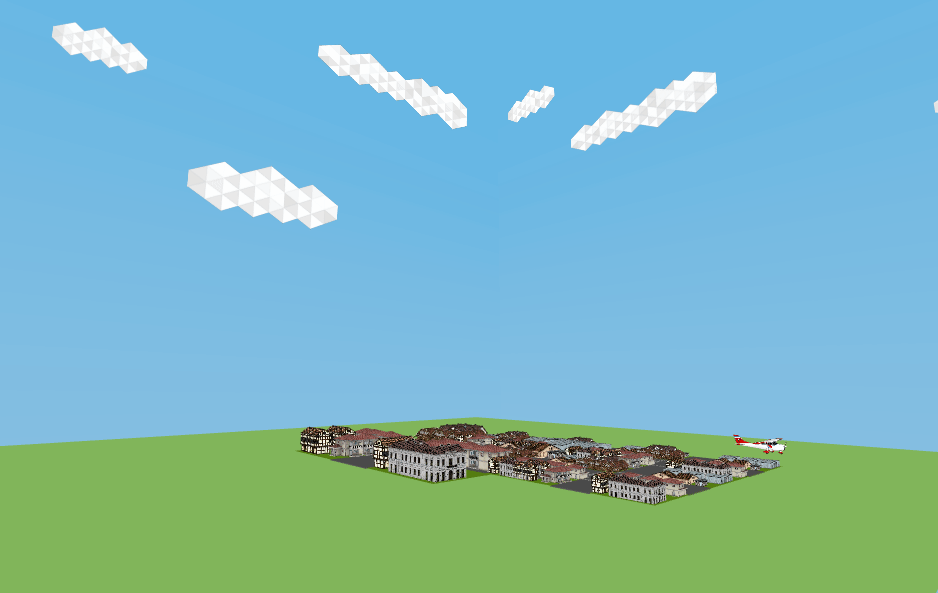
Testing the New Semi Random Circular Mobility Model of ns-3.
SRCM – Semi Random Circular Mobility Model of ns-3 While trying to raise my own merge request for my Simple Circle Mobility Model, on GitLab, I saw another merge request […]
3D Network Simulations, ns-3, ns-3 Installation, Research, Restricted Articles -
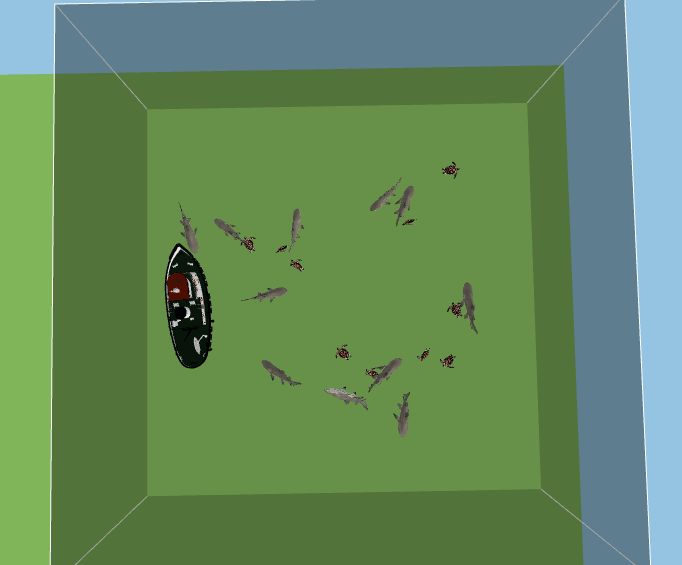
My First Experience on Raising a ns3-dev Merge-Request at GitLab
In this post, I want to share my first experience on ‘Raising a simple merge request at GitLab’ at https://gitlab.com/nsnam/ns-3-dev/-/merge_requests You may find that specific request at – A Simple CircleMobilityModel […]
3D Network Simulations, ns-3, Research, Unrestricted Articles -

Confusions in Contributing Our New Model to mainline ns-3.
For a very long time, I wish to contribute my own little things to ns-3. But whenever I read the guide on contributing to ns-3, I could not able to understand […]
Articles for Research Scholars, ns-3, Research, Unrestricted Articles -

Installing DRL based CW Optimization Framework under ns3-gym
Contention Window Optimization. The proper setting of contention window (CW) values has a significant impact on the efficiency of Wi-Fi networks. Unfortunately, the standard method used by 802.11 networks is […]
ns-3, ns-3 Installation, Research, Restricted Articles -

Installing ns-3 with ndnSIM on Debian 10 chroot Environment.
ndnSIM: Named-Data Networking (NDN) Simulator. ndnSIM is an ns-3 module to enable experimentation with Named-Data Networking (NDN). It is an open-source ns-3 module that enables experimentation with the Named-Data Networking […]
ns-3, ns-3 Installation, Research, Restricted Articles -

Ns-3 – Is it a Network Simulator or a Network Simulation(/Simulator) Library?
I started to discuss problems in understanding ns-3 in the article “What Makes ns-3 a Complex Thing to Understand and Use? “. I received answers and valuable comments from the ns-3 […]
Articles for Research Scholars, ns-3, Research, Unrestricted Articles -

Installing Millicar ns-3 Module for MmWave NR V2X Networks
Millicar is an ns-3 module for the simulation of Vehicle-to-Vehicle networks operating at mmWaves[2]. It was developed by SIGNET Lab, University of Padova. The following figure from [1] shows the […]
3D Network Simulations, ns-3, ns-3 Installation, Research, Restricted Articles -

What Makes ns-3 a Complex Thing to Understand and Use?
While starting to learn ns-3, most of us find it very difficult to understand. Particularly, if the student is already familiar with ns-2 or Omnet++ then it will even become […]
Articles for Research Scholars, ns-3, Research, Unrestricted Articles -

Installing ns3-gym AI Model under Chroot Jail
ns3-gym is the first framework for RL research in networking[4]. It is based on OpenAI Gym, a toolkit for RL research and ns-3 network simulator. Specifically, it allows representing an […]
ns-3, ns-3 Installation, Research, Restricted Articles -
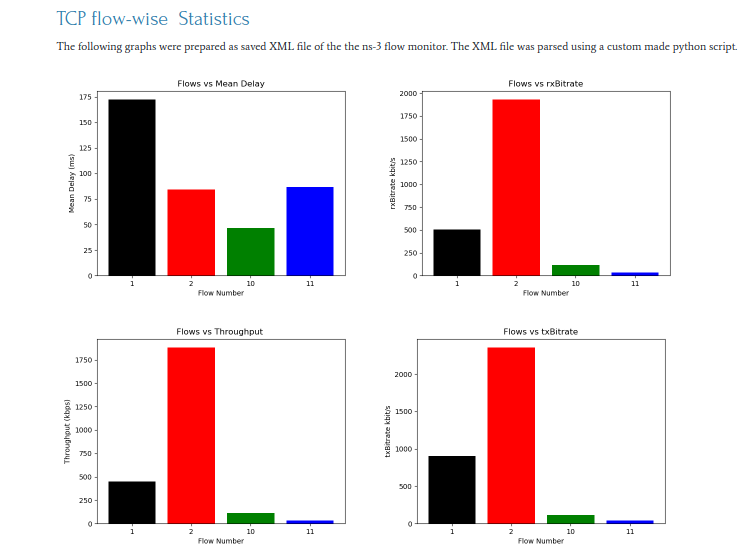
Trace Analysis of TCP Flows Under ns-3 MANET/ FANET/ VANET/ WSN Scenario
Simulation of Simple 3D FANET with TCP flows under ns-3 In this example, we simulate TCP flows in a FANET scenario, but the same idea can be implemented on a […]
3D Network Simulations, ns-3, ns-3 Installation, Research, Restricted Articles -
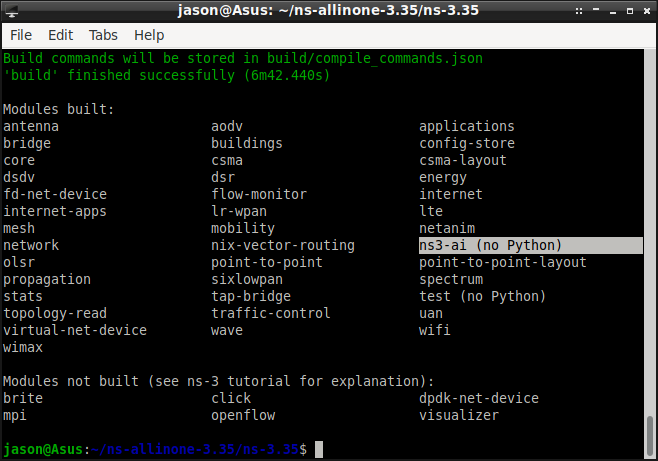
Installing ns3-ai Model under ns-3.35
If we want to implement AI algorithms in our custom network protocol/application under ns-3, then the direct way is to incorporate an existing AI/ML/DL framework with it. If it will […]
ns-3, ns-3 Installation, Research, Unrestricted Articles


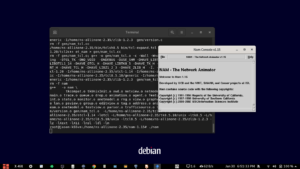



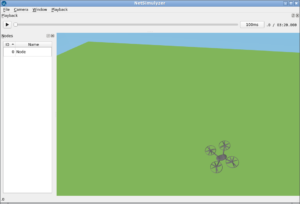
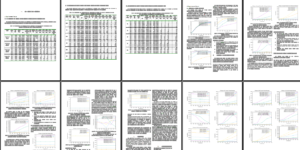

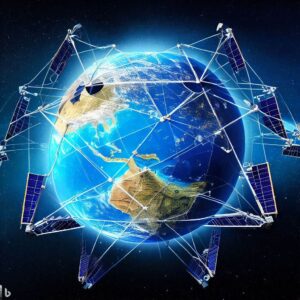



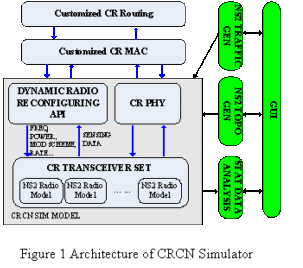







 Discuss Through WhatsApp
Discuss Through WhatsApp